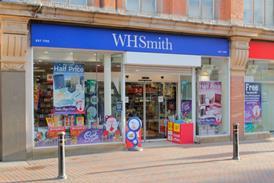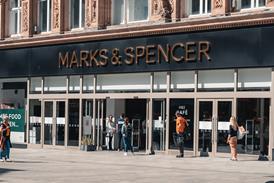Value retailers’ takings hit £5bn high with Poundland leading the march

Value retailers, including Poundland, B&M and Home Bargains, are raking in £5bn per year as 2.2 million new households turn to the stores.
Already have an account? Sign in here



















